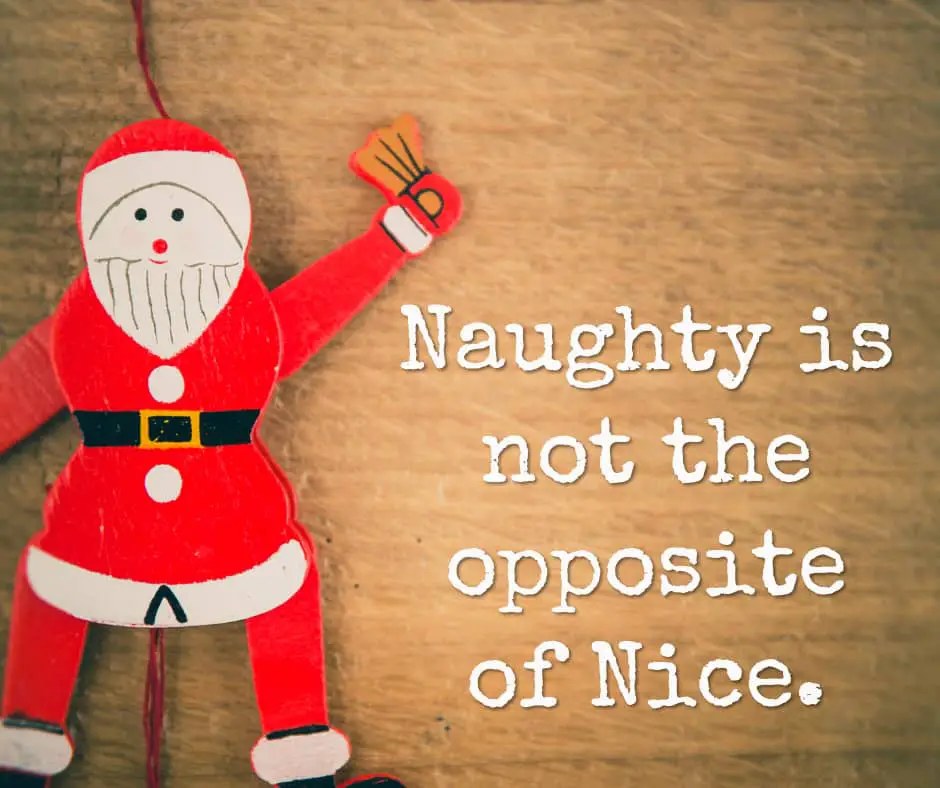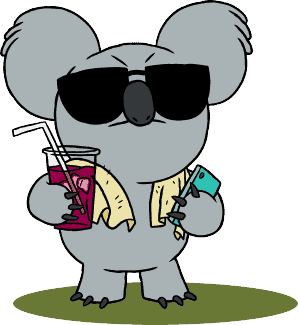A lesson we must all learn at some point: ‘nice’ person does not equal ‘good’ person. I use these words as shorthand for ‘outwardly amenable’ and ‘morally generous’. Defining morality is a mammoth task in its own right and a nihilist might argue there’s no such thing as morality. I take the view that there is a shared cultural view of morality. Stories for children conform to that shared view. Banned books are usually at the vanguard of social change, which is why they are banned in the first place. Most banned books are tomorrow’s classics, their authors upheld as yesterday’s soothsayers.
WHAT DOES IT MEAN TO BE NICE?

Classic fairytales explore the difference between niceness and goodness, though with problems: In fairytales, if a character was good-looking they were also unquestionably good. However, they did get into duplicitous behaviour, and the way people conceal their true motivations by acting in a friendly way. In classic fairytales the characters are archetypes, so there is no possibility of starting out nasty and later becoming nice.
In Snow White, the wicked stepmother dresses as a door-to-door pedlar woman. She is ‘nice’ to Snow White, offering to sell her a shiny, red apple. Snow White falls for the niceness. The audience learns she should have looked harder. Significantly, in most versions the step mother is illustrated as an ugly old woman with missing teeth and a face of wrinkles. This is her ‘true nature’, using the visual fairytale shortcut that ugliness equals bad character. The stepmother is most ugly at the moment her ugliness comes out.
The field of psychology doesn’t find ‘nice’ useful as a concept, and breaks different behaviours into two main types:
‘Nice’ can define various personality traits that are linked to specific areas of the brain, like agreeableness, politeness, and compassion.
Business Insider
One who is a good citizen is called nice, and another is nice when he or she is empathetic or has good manners.
One type of nice refers to a person’s agreeableness.
Another refers to politeness.
Then there’s compassion, which is different again.
Fun fact: Nice once meant foolish.
WHAT DOES IT MEAN TO BE GOOD?
Even after centuries of fairytales, we must all learn at some point that
- Looking good doesn’t mean being good
- Behaving nicely also does not mean being good.
The first is the easier lesson. The #metoo movement is highlighting the extent to which contemporary adults are still wrestling with the distinction between nice and good.

It’s hard to deal with the fact that nice people can be sexual predators or, rather, that sexual predators are most often very nice. A boss who is nice to you may be very not nice to someone else, in private. An unwillingness to believe victims when they speak out is partly an unwillingness to believe women (because abuse is gendered), but is also an unwillingness to acknowledge that we are not as good at discerning character as we previously believed. Once you learn, really learn, that nice does not equal good, that skilled people with good jobs and families of their own can be terrible, you must embark upon the lifelong work of not turning into a complete misanthropist.
In adult literature, Liane Moriarty’s Big Little Lies does a great job of portraying an abuser who is also ‘nice’. But during promotion of the American TV adaptation, various commentators showed a fundamental misunderstanding of how abuse works by saying it was really interesting to see a successful family man also be an abuser, as if those things don’t usually go together.
But when is it developmentally appropriate for children learn this lesson? That’s another question altogether. If we teach children too early that the nice people in their lives might just as easily be terrible behind closed doors, are they able to deal with that in their vulnerable positions?
Only parents can decide. If you would prefer your children to learn this sooner rather than later, there are children’s books which touch on big issues in a gentle way.
NICE DOES NOT EQUAL GOOD: HOW TO WRITE IT
CREATE NICE BUT NASTY CHARACTERS AND CONTRAST USING ‘SHADOW IN THE HERO’
Terry Pratchett writes for an adult/YA crossover audience. His Tiffany Aching series (starting with Wee Free Men) features elves who are beautiful and magical and give children candy, but they are incapable of compassion or caring. The witches who watch over the people are petty, argumentative, difficult and always have a sharp word on the tip of their tongue. However, they do what’s right even when it’s the harder choice. Pratchett uses various ways of approaching this message, but overall, Tiffany isn’t learning to be nice. She’s learning to do what’s right. Via the viewpoint of Tiffany, the reader is also asked to consider appearance vs morality.
Different in voice but similar in theme we have The Girl Who Drank The Moon. The characters are complex and our understanding of them evolves as the story progresses, with the character initially perceived to be evil/not nice (Witch) ultimately being revealed as good, while the character initially perceived as good/nice (Grand Elder) is ultimately revealed to be evil. Perception and deception are emphasised. Superficial judgements may not accurately reflect true character. This makes it a more modern fairytale — in traditional tales, nice and nasty are inherent, immutable traits.
CREATE A MAIN CHARACTER WHO IS ASKED TO DO THE RIGHT THING EVEN IF IT MEANS SACRIFICING SOCIAL CAPITAL
Joyce Carol Oates creates such a character in her YA novel Big Mouth and Ugly Girl. ‘Ugly’ refers to the way the heroine is seen, and how people in general (particularly girls?) are perceived by others whenever they stand up for what’s right. There’s no way of standing against the status quo without facing criticism from peers who are too afraid to stand up themselves.
I suspect female characters are more commonly used in these types of stories. We’re moving through a social period in which girls — for the first time ever — are properly taught to respect their own feelings and to reject social conditioning which teaches female people to prioritise others’ feelings over their own.
Similarly, witches have been used in many ways throughout the history of storytelling but the witch has turned — modern fictional witches may look nasty but their warts and hooked noses belie upright morals. Who’s in a better position to recognise injustice than witches, after all?
See also Gregory Maguire’s reimagining of the Wicked Witch Of The West in his novel Wicked.
CREATE A FAKE-OPPONENT WHO TURNS OUT TO BE AN ALLY
J.K. Rowling used this trick in her characterisation of Snape. The message? Teachers who are the most scary are sometimes also the most ‘good’. Appearances can be deceptive. Not just how someone looks, but their lack of social graces or unwillingness to ingratiate.
It’s impossible to give further examples of this technique without also spoiling stories, because the true intent of the ‘villain ally’ is utilised as a major reveal.
In any case, this ‘villain who’s actually an ally’ plot encourages readers to reconsider who are the real opponents and who are the real allies in their own life. At their best, these stories ask readers not to judge others too soon.
The inverse ideology would be: Trust your gut about people. This is also an ideology worth exploring.
FOR FURTHER INVESTIGATION
This lecture by Australian journalist Amy Remeikis:
I am not nice. I despise ‘nice’. Nice in our social construct is just another weapon to keep us silent. To keep us in our place. Because if we drill down into it, nice is just another form of oppression. To be nice is to be passive and in many cases dishonest. Being nice is a way of forcing someone into doing nothing, saying nothing, and standing for nothing, because it may cause someone else discomfort. And so it is used as part of the armoury of civility, wielded by those who hold power and are actively engaged in not feeling discomforted, in holding onto the way that things always have been. Because those ways have always been very, very comfortable for them. They’ve been very nice. Discomfort is for the not-nice among us.
Amy Remeikis

